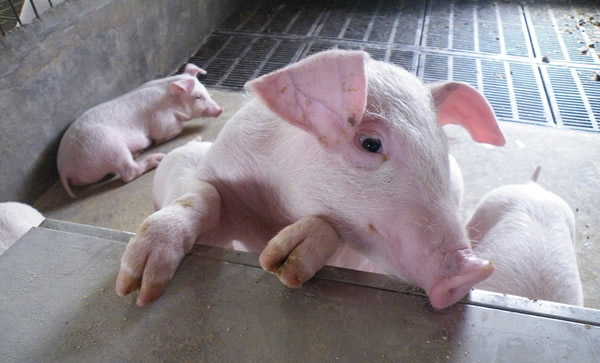CRI Report has released a report titled “Feed Binders Market – Analysis of Market Size, Share & Trends for 2019 – 2020 and Forecasts to 2030” which is anticipated to reach USD 7.8 billion by 2030. According to a study by CRI Report, the market is anticipated to portray a CAGR of 3.6% between 2020 and 2030. According to the report, the growth of the market will be driven by an increase in food demand due to an increase in animal feed consumption. The growing awareness of the advantages of feed binders among manufacturers is expected to boost market growth in the provision period. Feed binders serve as a substance that can lessen fine soil feed materials’ powdery and powdery nature. In order to lower total operational expenses, feed binders are found to increase the health benefits of feed materials from manufacture up to their consumption, and feed production companies are therefore generally chosen.
The market report on global Feed Binders market includes in-depth insights as:
- The estimated value of the market was USD 4.1 billion in the year 2020.
- Region-wise, the market in North America, which held the largest market share of XX.X% in the year 2020, emerged as a key market for Feed Binders Market.
- Based on livestock, poultry emerged as a key segment in the global Feed Binders Market.
- Based on type, Lignosulfonates emerged as a key segment in the global Feed Binders Market
- Key players are likely to focus on product innovations and expansion through mergers to retain their positions in developed markets.
“In tackling world food and agriculture problems, the feed industry plays an essential part. Feed producers have become increasingly aware that feeding products must increase their nutritional value to the best of digestibility. The FAO estimates that worldwide production of compound feed is approximately one billion tons annually. The final feed product consisting of several raw materials and additives may be defined as compound feed. The food is supplemented with additives to improve its nutritional value, shelf life, and quality. A very quick rate of growth in the compound feed industry fuels the need to develop new feed additives.”, said a lead analyst at CRI Report.
Feed binders are used to bind together divergent feed elements and keep a consistent feed form. Feed binders are used for a variety of reasons, including improving feed nutritive value, reducing feed waste, and improving animal digestion. Feed binders yield safe, nutritious products and avoid the decay of feed. Feed binders also contribute to making feed easy to consume and stable water. Feed binders enhance feed development and enhance animal health and performance, which enhances feed quality and feed yield. Feed binders are utilized in different amounts and concentrations depending on the species.
Global Feed Binders market is segmented by type into Lignosulfonates, Plant Gums & Starches, Gelatin & Other Hydrocolloids, Clay, Molasses, and Others. In 2020, The segment of lignosulfonates is anticipated to become the rapidly growing market sector. They are used to ensure structural integrity because of their binding, dispersion, and emulsifying characteristics in the production of feed products. It helps to add more steam than hemicellulose when manufacturing compressed pellets and thus improves overall productivity. In addition, ruminants, especially cattle, sheep, and goats, easily digest these products. Hemicellulose extracts and molasses can improve the stability of the pellets and enhance the cohesion of the internal particle, resulting in considerable demand.
Key Players in the Market
- Some of the key players operating in the global Feed Binders market are AVEBE U.A, CP Kelco, Danisco, Archer Daniels Midland Company, Ingestion Incorporated, and Borregaard, Beneo GmbH, The Roquette Group, FMC Corporation, and Uniscope, Inc., Other Prominent Players
Get Valuable Insights into Global Feed Binders Market
In the new report, CRI Report thrives to present an unbiased analysis of the global Feed Binders market that covers the historical demand data as well as the forecast figures for the period, i.e., 2021-2030. The study includes compelling insights into growth that is witnessed in the market. The market is segmented by livestock into Poultry, Cattle, Swine, Aquatic Animals, Dogs & Cats, and Others. By type into Lignosulfonates, Plant Gums & Starches, Gelatin & Other Hydrocolloids, Clay, Molasses, and Others. Geographically, the market is segmented into North America, Latin America, Europe, Asia Pacific, and Middle East, and Africa.

